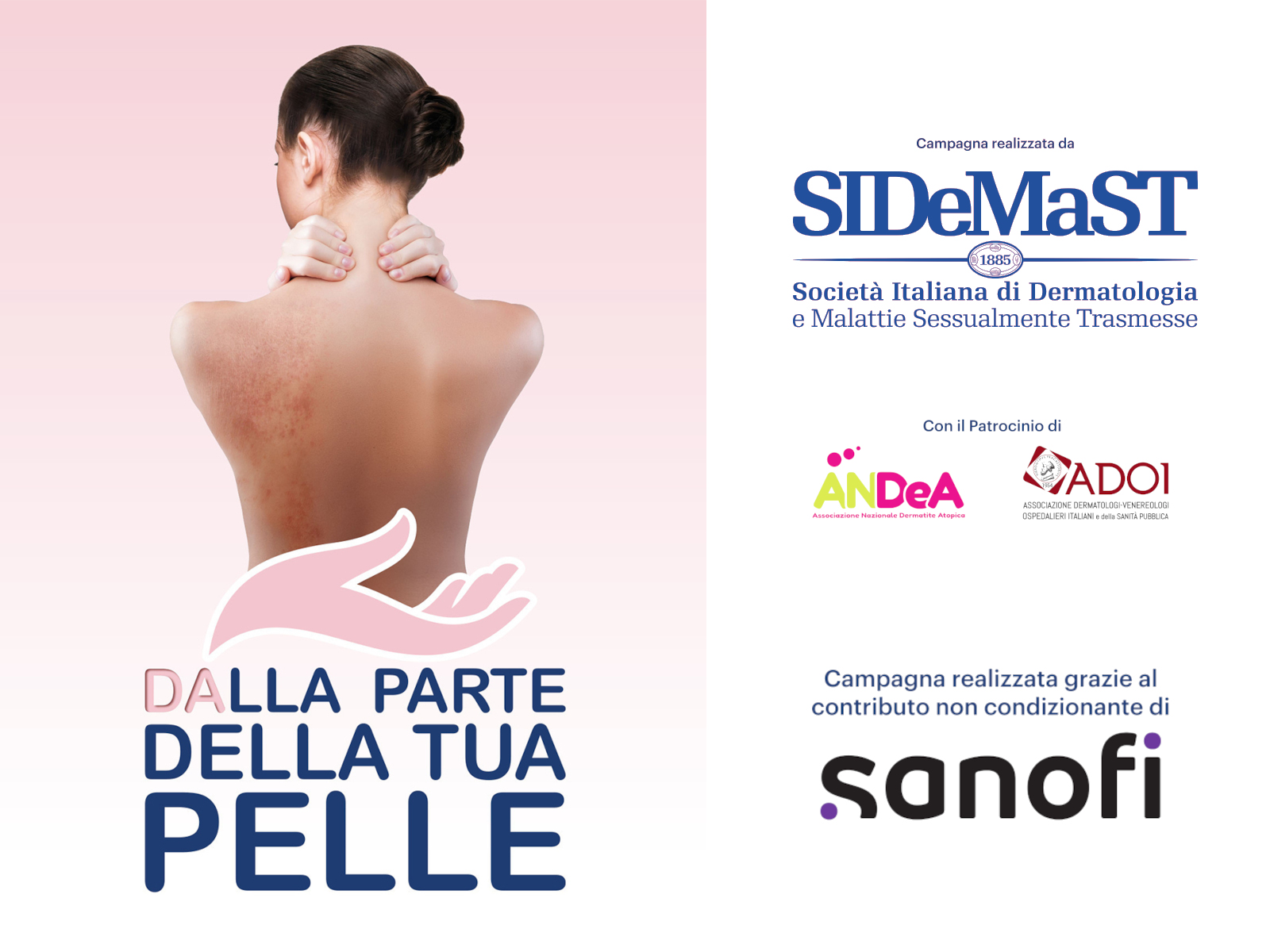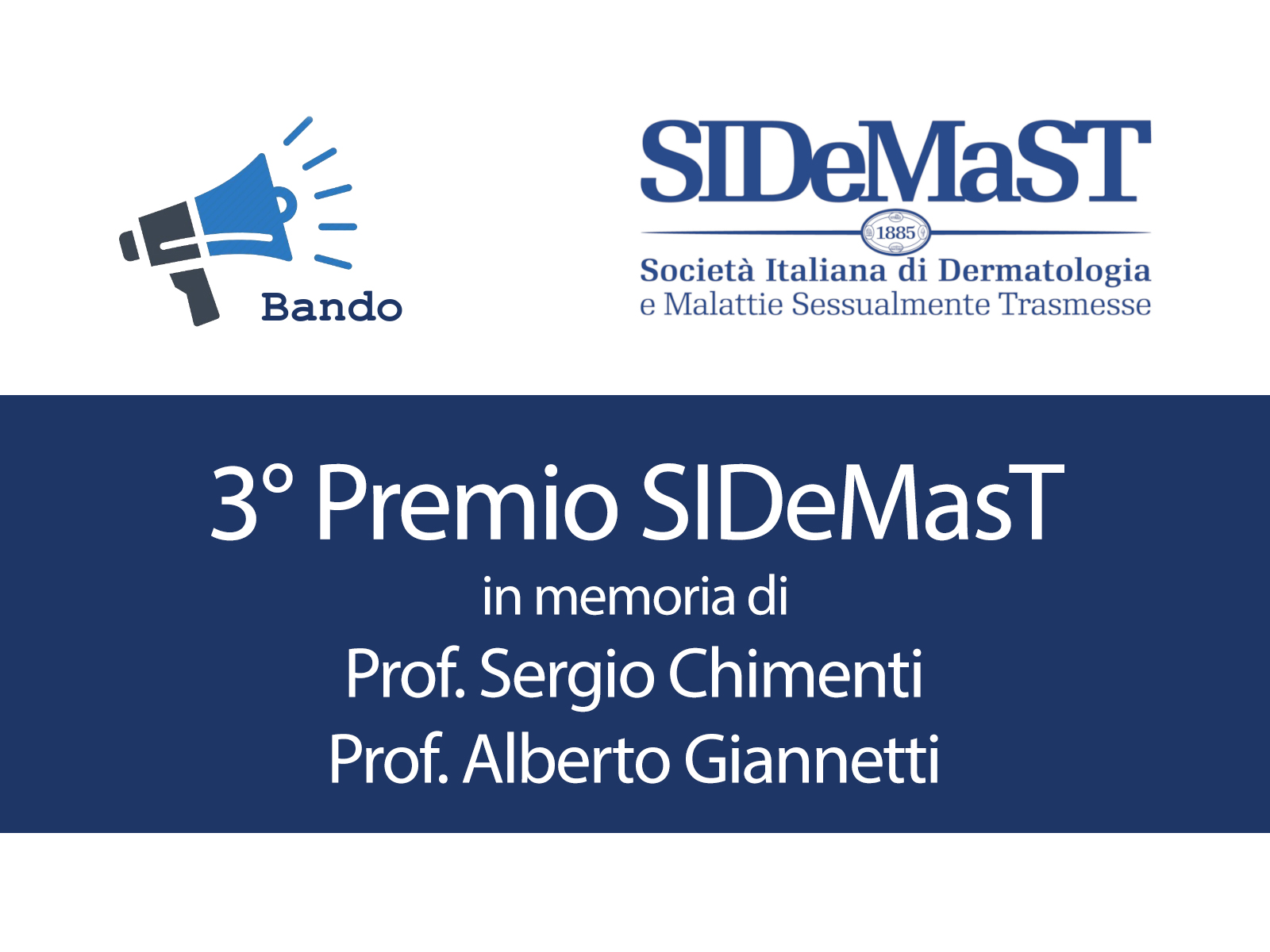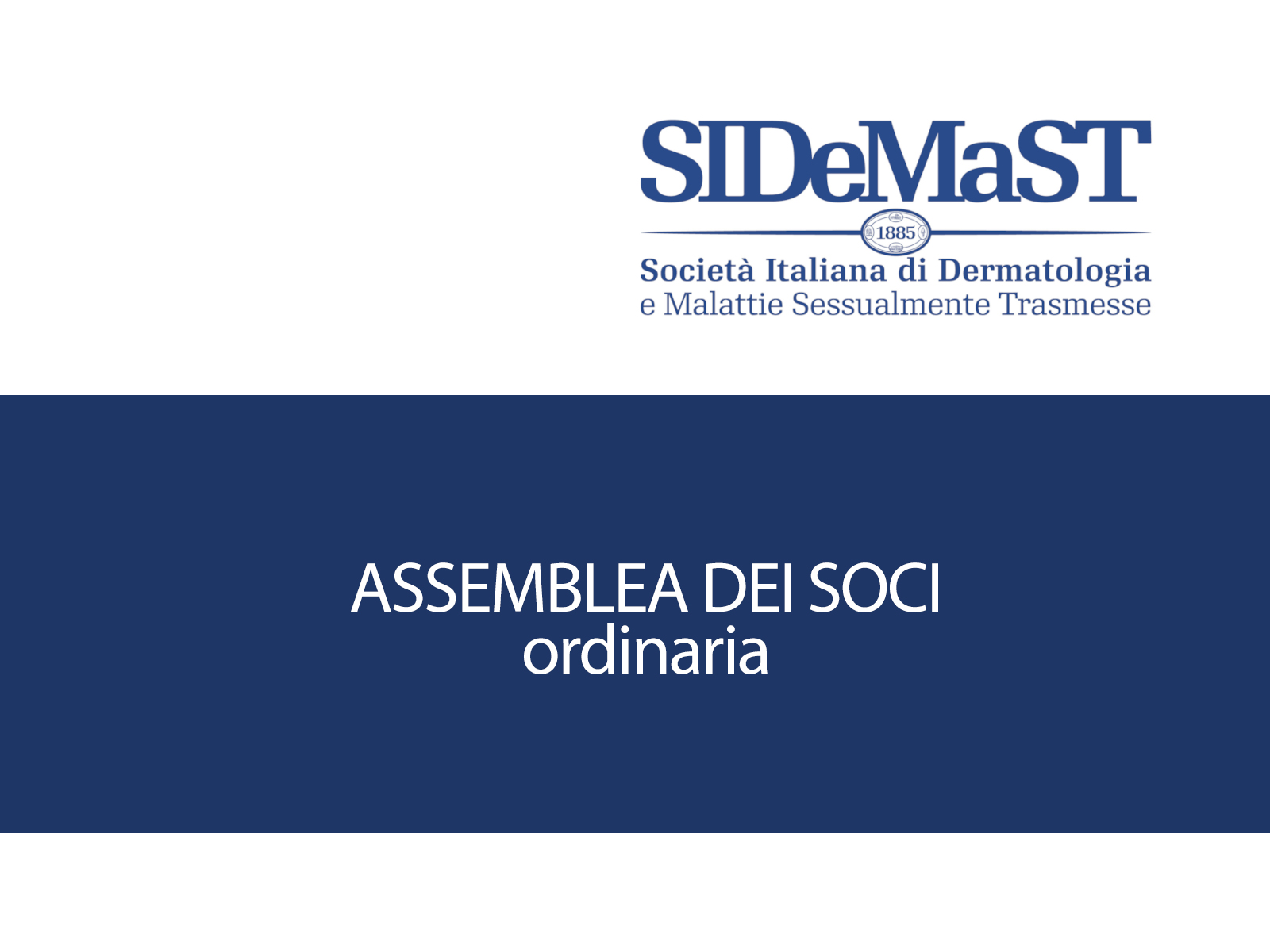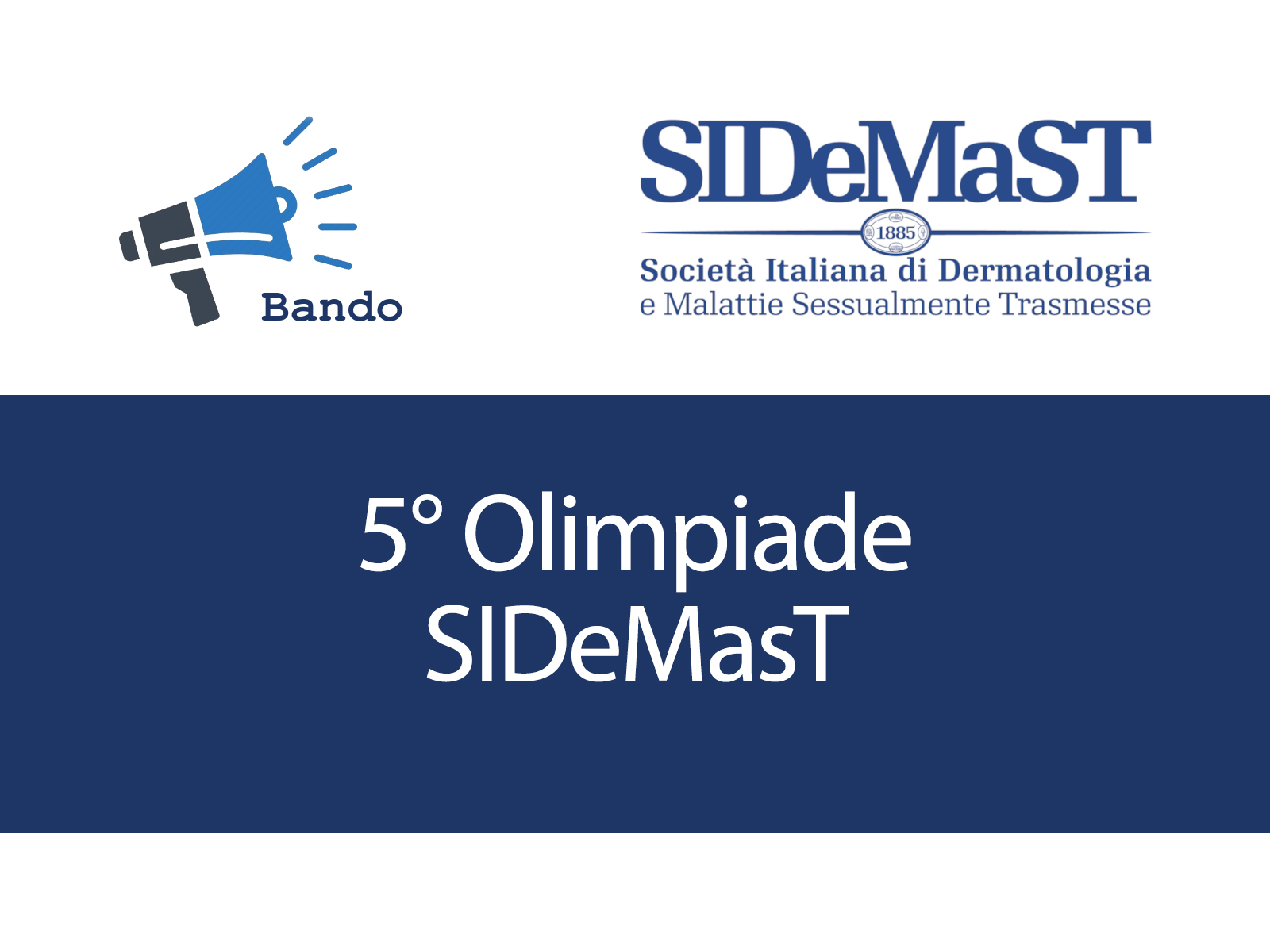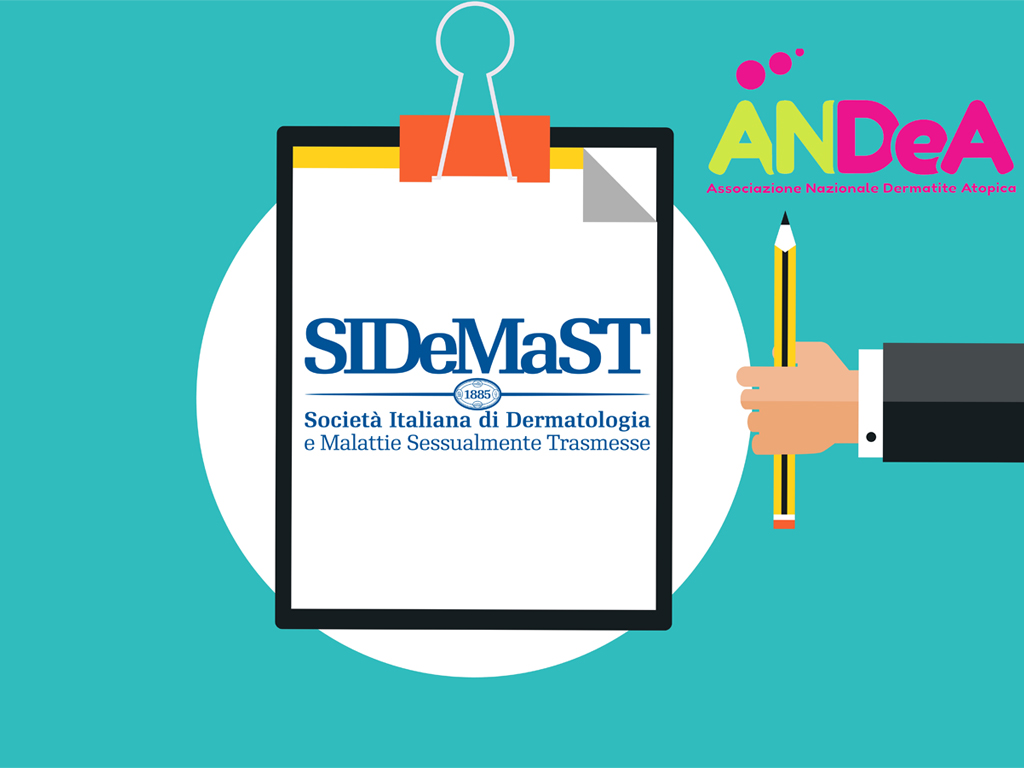Adapalene 0.1%/benzoyl peroxide 2.5% (Epiduo) treatment proved to be effective and well-tolerated after 9 months of use, according to a study presented here at the 73rd Annual Meeting of the American Academy of Dermatology (AAD).
“We don't have a lot of long-term, real world data [with respect to the use of adapalene/benzoyl peroxide],” said Warren Winkelman MD, Galderma Laboratories LP, Fort Worth, Texas. “You are dealing with a population of teenagers who can be quixotic, and it is difficult to assess if they will stay on their medication. Adherence is major issue in this population. You want to know if you give them a prescription if they will be using it.”
More than 5,000 patients with a median age of 18 years took part in the observational study looking at use of adapalene 0.1%/benzoyl peroxide 2.5% (A-BPO), with or without other therapies. Most subjects had moderate to severe acne. Of the patients in the study, 79% were treated with adapalene-BPO alone and 21% were treated with adapalene-BPO in combination with another acne product.
Mean acne severity changed from 5.6 at the start of the study to 3.3 at an interim visit to 1.9 at the final visit (P <0.001), with no acne lesions being visible in 25.8% of patients.
The investigators used the Cardiff Acne Disability Index to measure quality of life and found it was enhanced significantly from baseline to the final visit, measuring 5.9 at the initial visit and 2.4 at 9 months (P < .0001).
Compliance to therapy improved over time; treatment adherence was 76.9% at 3 months and rose to 83.9% at 9 months.
“Adherence was higher than we expected,” said Dr. Winkelman. “We saw that efficacy was tied to adherence in the vast majority of cases.”
Toxicities included erythema, stinging, burning, and pruritus, which were anticipated given the nature of the therapy.
“There was no toxicity we saw that was not expected,” said Dr. Winkelman. “[Adverse events] were what you would expect with a retinoid.”
Facial skin irritation was observed in almost half (49.4%) of subjects and very few patients (1.7%) ceased therapy due to local skin irritations.
Funding for this study was provided by Galderma Laboratorium GmbH.


